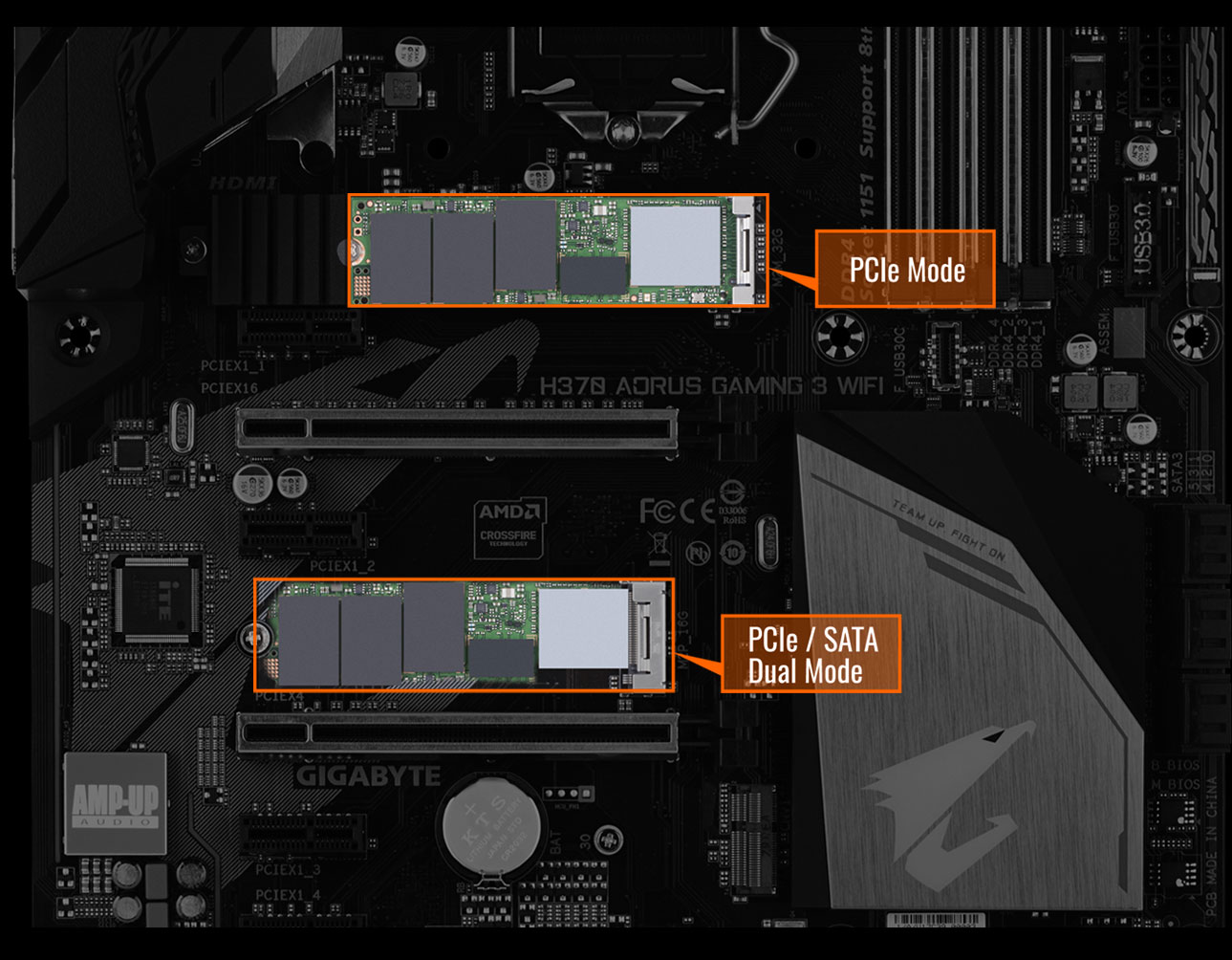Mobo M 2 Slot
M.2, formerly known as the Next Generation Form Factor (NGFF), is a specification for internally mounted computer expansion cards and associated connectors. M.2 replaces the mSATA standard, which uses the PCI Express Mini Card physical card layout and connectors. M.2 is a smaller form factor than the typical SATA drives. Most M.2 SSDs use a PCIe x4 slot on your motherboard. This is the fastest and smallest form of flash storage for the mainstream market. Another thing you need to know about PCIe M.2 SSDs is the new Non-Volatile Memory Express (NVMe) Protocol.

Summary :
There are different slots that you can choose, such as SATA, but the most popular slot now is the M.2 slot. Then what is an M.2 slot and what can it do? In this post, MiniTool provides you with detailed information about the M.2 slot.
What Is an M.2 Slot?
To begin with, what is an M.2 slot? The M.2 format, formerly known as Next Generation Form Factor (NGFF), is technically a replacement for the mSATA standard, which was very popular among manufacturers of ultra-compact laptops and other small accessories. The M.2 format is specially designed for manufacturers to replace various specific devices.
What Can M.2 Slot Do?

M.2 may completely replace all aging Serial ATA formats. The M.2 slot can interface with SATA 3.0 (the cable that may be connected to the storage drive of the desktop), PCI Express 3.0 (the default interface for graphics cards and other major expansion devices), and even USB 3.0.
Mobo M2 Slot
This means that maybe any storage or disk drive, GPU or port extension, or low-power gadget using USB connection can be installed on the card that plugs into the M.2 slot at the same time. But the actual situation is much more complicated.
When you are using the PCI bus instead of the SATA bus, depending on the function of the motherboard and the M.2 card itself, M.2 devices can transfer data 50% to about 650% faster than standard SATA.
If you have the opportunity to use an M.2 SSD on a motherboard that supports PCI third generation, its speed may be much faster than conventional SATA drives.
What Devices Use the M.2 Slot?
Currently, M.2 is mainly used as an interface for ultra-high-speed SSDs on laptops and desktops. Some laptop designs also adopt the M.2 port as a wireless connection. This is not very common for desktop computers, which generally prefer to use a USB dongle or PCIe 1x card (although there is no reason why you cannot do this on a compatible motherboard).
And some companies have begun to expand the use of M.2 slots to categories that are not suitable for storage or expansion. Although no one has yet manufactured an M.2 graphics card, Intel is selling its Optane, a speed-up cache storage device in M.2 format, to consumers.
Does Your Computer Have an M.2 Slot?
If your PC was manufactured or assembled in recent years, it may have an M.2 slot. Unlucky, the flexibility of the format means that using it is not as easy as inserting a card.
The M.2 card has two main compatibility variables: length and key. The first one is obvious - your computer needs to have enough physical space to support the length of the card you want to use. The second is variable - the card’s connector must match the slot you want to insert.
Motherboard M.2 Slot
Can You Add an M.2 Card If Your Computer Doesn’t Have an M.2 Slot?
If you are using a laptop, then you can't. The design of modern laptops is so compact that there is no room for unplanned expansion. If you use a desktop computer, then it’s OK for you. Adapters sold in large quantities already use the PCIe x4 slot on your motherboard.
However, if your motherboard cannot boot from PCIe, then you cannot set the M.2 drive as the boot drive, which means you will not benefit from a lot of speed. So you should know that if you want the full advantages of the M.2 hard drive, you may need a motherboard that supports this motherboard.
If you don’t know how to boot from M.2 SSD, this post is what you need. This post demonstrates how to install Windows 10 on M. 2 SSD and how to boot from M.2.
Bottom Line
This post has given you most information about the M.2 slot, such as what it is and what it can do. If your laptops don’t have an M.2 slot, then you cannot add an M.2 card. But you can do that if you are using desktops.
I just finished building my first gaming pc and it ran perfectly for the first week. Yesterday after work I got home and turned it on and it would not boot into windows and only boot to bios (MSI B450M Pro-VDH motherboard). After checking the bios menu it showed that my new Crucial MX500 M.2 SSD was not connected. I shut it down, removed graphics card (as the M.2 slot is just behind it) and unscrewed it and pulled it out, then replaced everything and powered it back on ( I tried this twice). Nothing still, just booted into bios and showing as nothing connected. This is weird because, just the night before I had been running the machine and playing games and now today (yesterday) would not boot? I fully powered it down the night before as I normally would any computer.
My question is this. How do I know if it's my M.2 SSD that's bad, or if it's the M.2 slot on the motherboard that is bad? Also, How would I go about erasing the data on the M.2 before returning for a refund/exchange if it's bad?
Thanks in advanced, and new member by the way